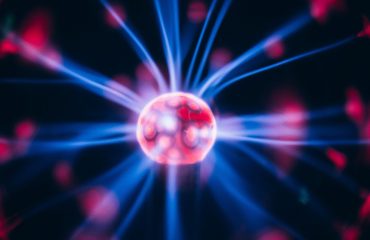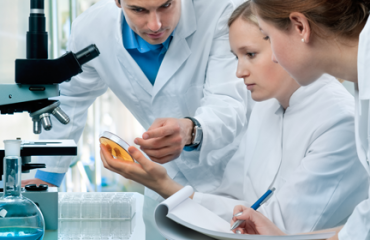Anyone who has ever read futurist Ray Kurzweil’s seminal work, The Singularity, knows he’s an advocate of artificial intelligence, nanobots, and the blending of biology with supercomputers to obtain immortality but until now his writings were merely pie-in-the-sky prognostications.
Elon Musk, innovator and CEO of Tesla, SpaceX and now Neuralink hopes to bring Kurzweil’s future closer to the present. His latest venture is expected to pioneer what he calls “consensual telepathy.” Consensual telepathy in a nutshell enables both the transmitter and receiver to understand expressed concepts via a technology link/interface. His goal is to help the human brain work better in conjunction with a computer— not be superseded or controlled by them. This is especially important for medical patients who have been impacted by stroke, brain-related injuries or another medical disability. Through the intervention of a computer interface, those with disabilities might be able to unlock their minds and communicate once again. Musk hopes that his technology will help patients who find it difficult to separate their statements and language skills from the parts of the brain that generate them.
Musk believes it’s going to take 8-10 years before what his company produces can be used by those without a disability before therapeutic uses can be envisioned. Neuralink aims to create therapeutic applications first, which will require regulatory approvals for human trials.
This week, Facebook announced a similar effort in merging the brain with computers but declined to give further details.
To read more about it, visit the Wall Street Journal or Tech Crunch.
Strategic Communications Professional/Content Strategist/Marketing Communications Consultant





